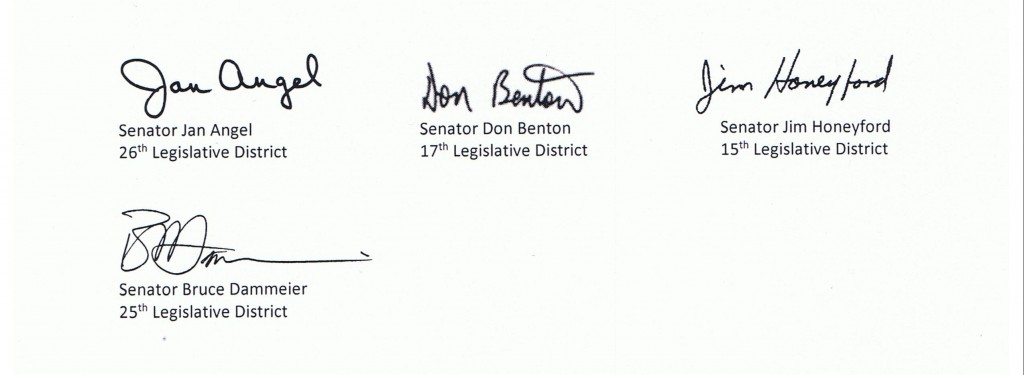
 Update from Olympia – February 5, 2016 |
|
Greetings Friends and Neighbors,We have reached the half-way point in the 2016 legislative session. When the Legislature adjourned last July, our state’s budget was balanced, making critical investments in our state’s K-12 system, investing in higher education and our state’s safety net. This year, much of our work is focused on funding K-12 education and addressing the costs of a very active fire season. In these even-numbered years the Legislature convenes for only 60 days to make minor adjustments in the state budget and address pressing policy issues. The legislative session is scheduled to conclude March 10 and I am looking forward to finishing on-time with a sustainable budget that makes the right investments for Washington.  A look at our state’s budget
Washington’s economy is growing and that positive news has meant a lot for our state’s budget. Last year we were able to fend off plans to raise taxes by over $1 billion. With additional revenue coming in it seemed irresponsible to spend beyond our means. The chart above tells an interesting story about our state’s four-year budget outlook. As required by law Washington’s budget must be balanced over four years. The Legislature adjourned with a strong bipartisan and balanced budget that left $47 million in reserves. As a result of the Governor’s veto the budget was in the negative by $23 million. Positive economic news brought an additional $313 million to the state’s treasury but costs related to last years active fire season and out of control costs at the states Health Care Authority have resulted in a negative balance for the state. If you include the Governor’s policy proposals in his budget the problem becomes even worse. This is the kind of government spending that cannot continue. We need sustainable and responsible budgeting especially when revenue is up more than 10 percent.
Interesting facts about our economyAlthough larger urban areas have seen unemployment drop and other positive economic news, I am working to make sure this upswing results in more jobs for our area and opportunities for our local small businesses. I found this report on state economics interesting. Click here to learn where our state ranks in the economic recovery. Washington is a very trade dependent state. In fact we are the largest per capita exporter according to the state Department of Commerce, with nearly $90.5 billion in exports. The Washington Council on International Trade notes that rail is a key component to continued economic prosperity. Our local farmers depend on rail to move their goods to market, statewide nearly 10 percent of Washington’s gross domestic product relies on freight rail to move agricultural and even aerospace products to market. All told, this industry supports over 200,000 jobs in Washington State. 
 Education challengesWith nearly half of our state’s $38 billion budget allocated to K-12 education, the Legislature is still grappling with complex policy issues around meeting the state’s obligation to fully funding education. The reality is that student achievement and success is not just about writing another check. Of particular interest during this legislative session is addressing how the state compensates teachers. Local districts through their levies are disproportionately bearing too much of the burden and the state is looking for ways to take on that aspect of school funding that is fair and balanced so that the quality of a child’s education isn’t determined by their ZIP code. There are several proposals being worked on by a group of bipartisan lawmakers. However, this may be a heavier lift than can be accomplished in this short legislative session. In addition to compensation, our state faces teacher and substitute teacher shortages. Rural and lower income school districts face challenges recruiting and retaining talented teachers that make all the difference in a class room. Creating a more fair school funding at the state level that doesn’t over rely on local property taxes, which varies greatly between school districts, would go a long way in addressing teacher recruitment. The Legislature also needs to look at other regulatory issues that keep educated professionals from entering the teaching profession. Currently a person with a master’s degree can teach at a community college but without additional education and certification is unable to teach in our K-12 system. There must be common sense reforms we can put in place to expand opportunities in our educator workforce to meet the needs of students in our state.  In RemembranceLate last week we received news that a former legislator representing part of our district in Lincoln County passed away. Representative Robert Dale Timm served the 8th Legislative District in the state House of Representatives from 1951 to 1959. I did not have the privilege of working with former Rep. Timm but he leaves behind a lasting legacy of accomplishment and public service. I recall that my own late mother spoke fondly of many Timm family members with whom she attended grade school. My thoughts and prayers go out to his family.  It is an honor to serve as your state Senator. Please don’t hesitate to contact me with questions regarding state government.
Sincerely,
Judy Warnick, 13th District Senator  Share my E-newsletterDo you know others who live in our district who may not be receiving my e-news updates? Please feel free to forward this e-mail invitation to them or click on the share button below. If you have received this without directly subscribing, please visit my website by clicking here and sign up to receive my e-newsletters!  Contact MeOlympia Office:103 Irv Newhouse Bldg. P.O. Box 40410 Olympia, WA 98504
Olympia Phone:360.786.7624
E-mail:
Website: |
|
 |
Tag Archives: Washington State Senate
A critical piece of legislation for Washington State’s economic health has been resurrected during the 2015 second special session. For two years Sen. Judy Warnick has been working to boost rural economic development. Wednesday the Senate approved Senate Bill 5442 which makes needed changes to the Community and Economic Revitalization Board requirements to improve competitiveness and spur economic growth.
“This is a priority issue for communities across the state,” said Warnick. “I am pleased that the Senate has made job creation and competitiveness for rural communities a priority.”
Last year, then Rep. Warnick’s bill passed both chambers of the Legislature only to be vetoed. That bill would have provided for 50 percent of the projects awarded to be exempted from the median wage provision. The version passed by the Senate allows for 25 percent of the jobs to be exempted from the wage provision.
“This legislation faced opposition when I brought if forward in the House and I’ve worked with stakeholders to find a solution,” Warnick said. “This legislation will mean more jobs for my district and communities statewide. Having more job opportunities as a result of the change in CERB policy is better than no jobs.”
The Board offers financing and grants to local jurisdictions but requires that entities receiving funding demonstrate that permanent private sector jobs created exceed the county median wage. This poses a problem for many rural areas with high paying industries in a portion of the county but other economically depressed areas in the same county.

Update from Olympia – May 19, 2015 |
Greetings Friends and Neighbors,The special session is scheduled to conclude on May 28. Budget negotiators have been working to bridge gaps in the respective proposals for the state’s two-year operating budget. The governor released his budget in December which called for increased spending above existing resources by $1.5 billion. Since then, the state’s resource have increased by $1.1 billion. I have been consistent in my belief that we can meet the real priorities of state government, like education, without raising taxes. The recent news that revenues are again up nearly $400 million are further indication that the Legislature can budget within its means.  Session Successes
|
 |
The state Senate released a bipartisan capital-budget proposal today for 2015-17 which builds over 2,100 classrooms, devotes $60 million to local-government infrastructure projects statewide and maintains and preserves parks and trails. The $3.9 billion plan would fund the construction and maintenance of capital assets across Washington – such as schools and projects with economic-development value.
“The capital budget is an important component for economic development statewide,” said Warnick- R Moses Lake. “This budget puts money toward building schools and make grants available to local governments to boost their economies. I’m glad to support a strong bipartisan proposal that puts our state’s future on the right track.”
With $254 million more directed to public schools than the House proposal, the Senate plan seeks to support student-achievement efforts by building additional classrooms, the largest chunk being aimed at kindergarten through third grade.
“We demonstrated in the operating budget that our kids come first. The capital budget does the same thing. We put nearly half of the funds toward educational projects like investing nearly $1 billion over the next six years to build over 2,100 classrooms for these students.”
All public-works-board list projects are funded through the Senate proposal, which supports local infrastructure and provides family-wage construction jobs.
“We need to make these investments in our communities if our state is going to continue to be successful. Our proposal protects and invests in our natural resources and will insure that our cities and counties have access to resources to grow their economies. That is critical as our state works to bring the economic recovery statewide. This capital budget is good for our schools, jobs, and community,” said Warnick.
The legislation will be a striking amendment to Engrossed House Bill 1115 which received a public hearing at noon today in the Senate Ways and Means Committee.
You can click here to view a list of projects and locations that are funded in the Senate’s proposed capital budget.















